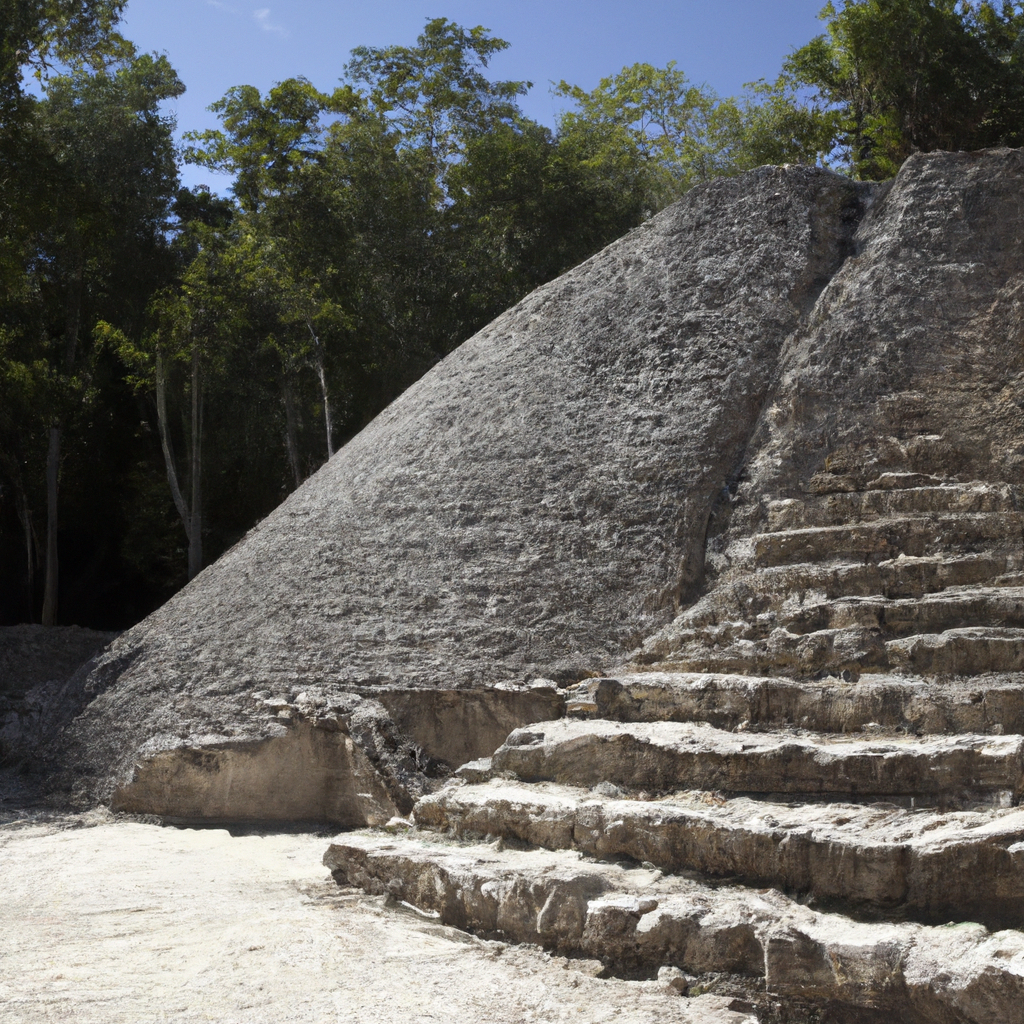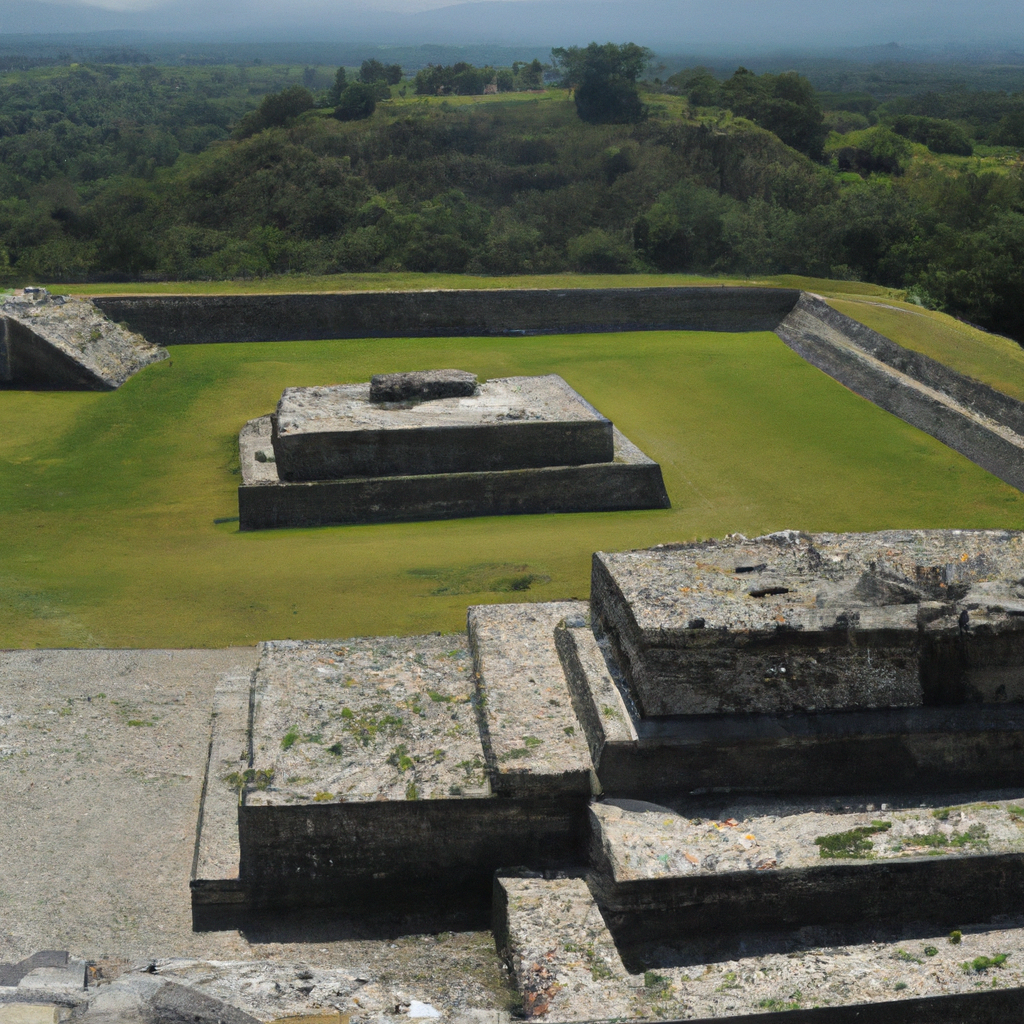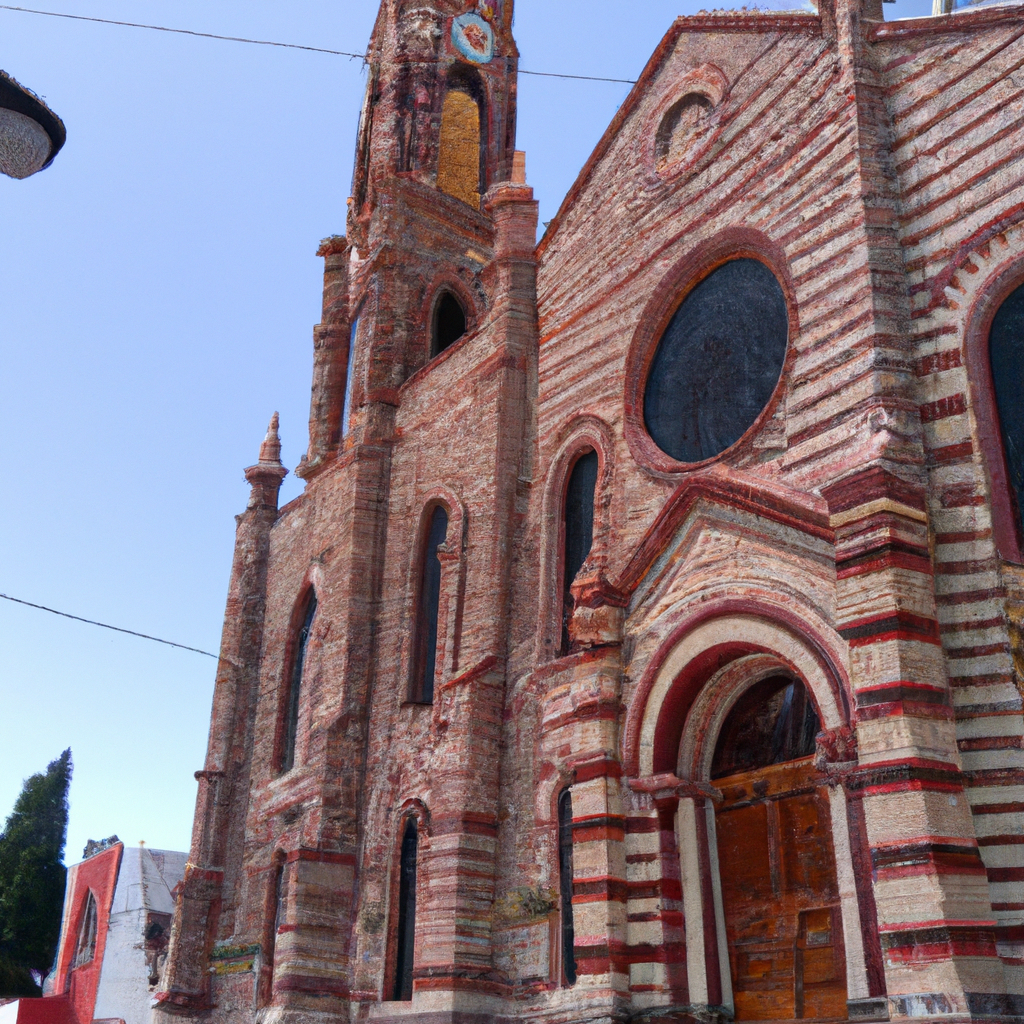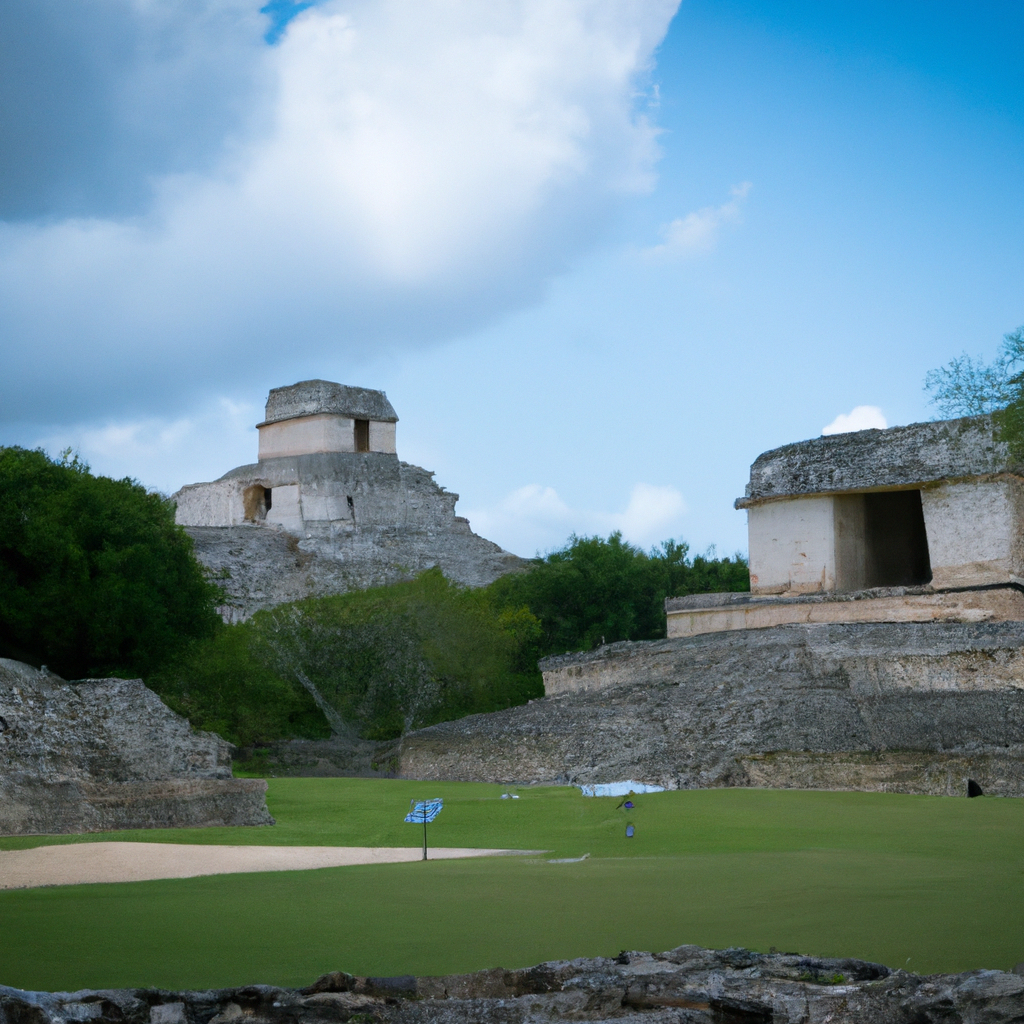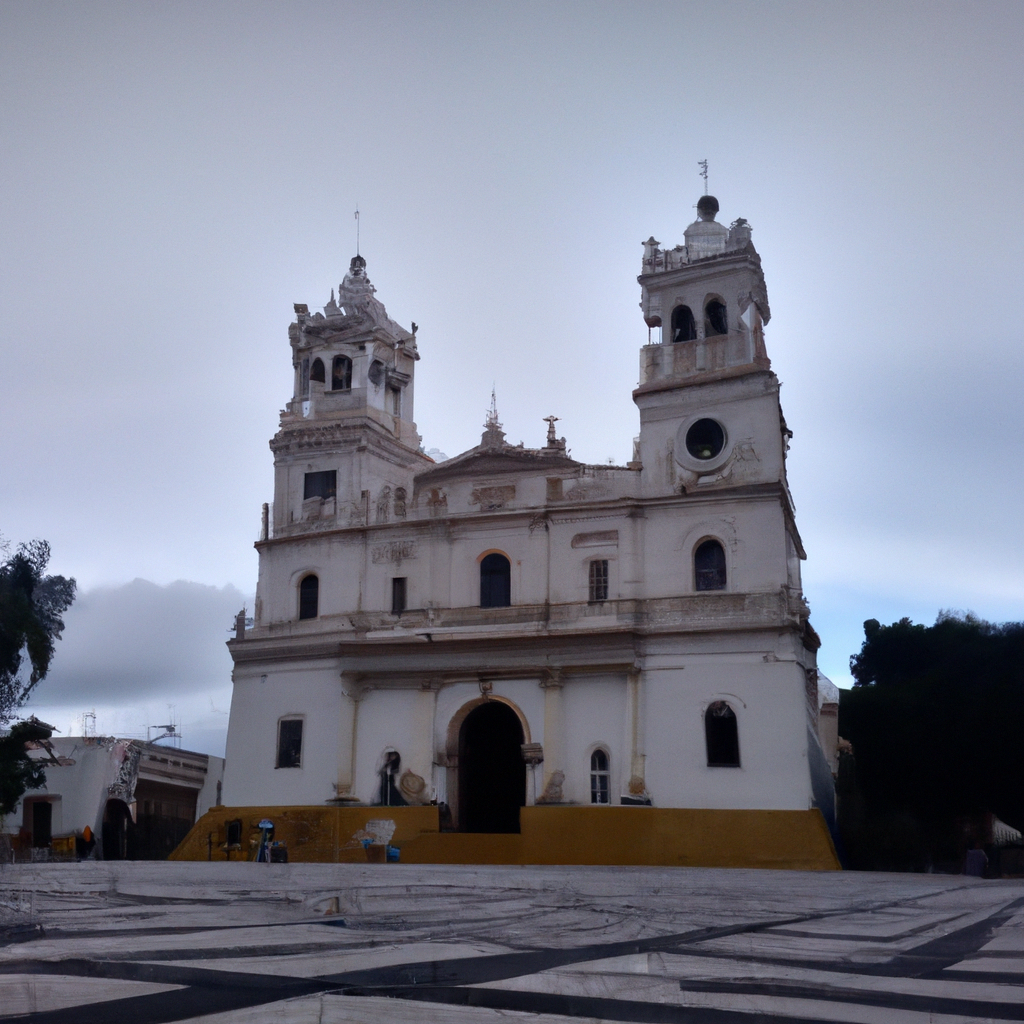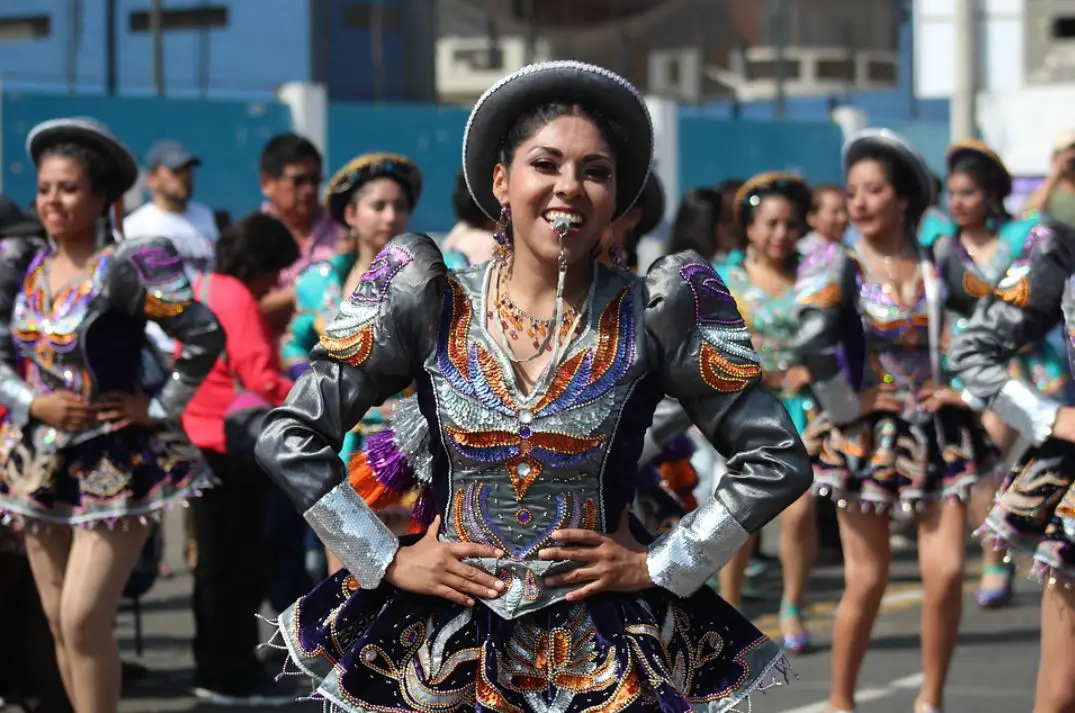Coba In Mexico: Overview,Prominent Features,History,Interesting facts
Overview:
Coba is a famous archeological site located in Quintana Roo, Mexico. It was once the largest and most powerful city during the height of Mayan civilization. Coba is home to many impressive stone structures, including the largest network of ancient stone causeways (sacbeob) in the Mayan world. In addition to these impressive structures, Coba is also home to several springs, lagoons, and cenotes which add to the mystical nature of the site. Visitors come to Coba to explore the deep history, enjoy the lush tropical jungle, and admire the various monuments and temples that have withstood the test of time here. It is one of the most beautiful monuments in Mexico
Prominent Features:
1. Largest Pyramid in Mexico – The Coba Pyramid is the tallest and largest Mayan pyramid in Mexico, standing at approximately 135 feet (41 m) tall and having a base of 514 feet (157 m). Its summit gives visitors stunning views of the surrounding jungle and lagoons. 2. Sacred Cenote – Nearby the pyramid lies a cenote, a deep pool of water that was sacred to the Maya. This cenote was used for both rituals and for water storage, and visitors can take a dip in its cool waters. 3. Ancient Road Network – Coba is also known for its impressive network of over 50 miles (80 km) of interconnected "sacbeob" (white roads) used by the ancient Maya to connect various parts of the city. 4. Hieroglyphic Staircase – Inside the largest pyramid at Coba is a steep set of stairs decorated with hieroglyphic symbols. The stairs lead visitors to the top of the pyramid for stunning views of the surrounding jungle. 5. Other Sacred Structures – Coba is home to more than just the main pyramid. The site includes numerous smaller temples, tombs, and other structures that are worthy of exploration. You can learn history, culture, and heritage through these magnificent monuments in Mexico.
History:
Coba is a pre-Hispanic Mayan settlement located in the Yucatan region of Mexico. It was a major economic power during the Postclassic period (1000-1521 AD) and was connected to other contemporary sites in the region via a complex network of trails. It is believed that the site was first constructed sometime around the 5th century AD, but details on its early history are largely unknown. By the 9th century, Coba began to experience growth and development as a trading center, probably due to the presence of an abundance of nearby limestone. Through the following centuries, the city expanded and prospered, reaching its peak population by the 15th century. During this period, the site is believed to have had a population of over 50,000 people, making it one of the largest cities in the region at the time. During the rule of the Itza Dynasty in the 13th century, Coba, and its associated sites Valladolid, Itzamkanac, and Uxul, formed an alliance known as the League of Mayapan. This alliance allowed the cities to collectively resist the attack of the Kuchkabal, a rival group of rival Mayan city-states. The league, however, was short-lived and disband after a series of unsuccessful engagements against the Kuchkabal. In 1542, Spanish conquistador Francisco de Montejo arrived in the Yucatan peninsula and began to subdue the indigenous populations. Despite a failed attempt to take Coba in 1551, Montejo and his forces eventually succeeded in taking the site in 1593. In the following centuries, the city’s population was decimated by disease and violence and the site largely abandoned by the early 18th century. It wasn’t until 1894 that the ancient city of Coba was rediscovered by archeologists and eventually began to be explored and studied in the mid 20th century. Today, the site is a major tourist destination, attracting visitors from around the world to explore its fascinating history and ancient architecture. Visit one of the famous monuments of Mexico with your friends and family.
Interesting facts:
1. Coba is home to one of the largest Maya archaeological sites in the country, and is a popular tourist attraction. 2. Most of the structures that make up Coba are intricately and carefully carved, with carved columns, altars, stairways, and other features. 3. The site is believed to have been established sometime between 400 and 900 AD. 4. Coba is one of few archaeological sites that might have been an important political center in the Post-Classic period. 5. It is home to two of the largest pyramid structures in Mexico—the Temple of the Church and the Pyramid of the Magician. 6. The Great Pyramid of Coba is the second-largest in all of Latin America and the fifteenth-largest in the world, measuring at a height of 42 meters. 7. The Pyramid of the Magician is unique as it stands alone and is one of the most studied structures at Coba. 8. Coba is considered by some to have been one of the most powerful cities and influential political centers in the region during its peak. 9. An ancient road network connects Coba to various other Maya sites in the region, making it an important trade hub. 10. The site was abandoned sometime around the 16th century when the Spanish arrived, and the surrounding area has remained untouched since then. One of the historical monuments of Mexico, it tells the story of a bygone era
Explore Mexico most popular tourist destination with us. Coba In Mexico: Overview,Prominent Features,History,Interesting facts,which is 35.14 km away from Mexico main town, is the most popular destination to add in your travel wishlist.
-
City:
Mexico
-
state:
Quintana Roo
-
country:
Mexico
-
country code:
MX
-
postcode:
77420
Location:
Quintana Roo Mexico
